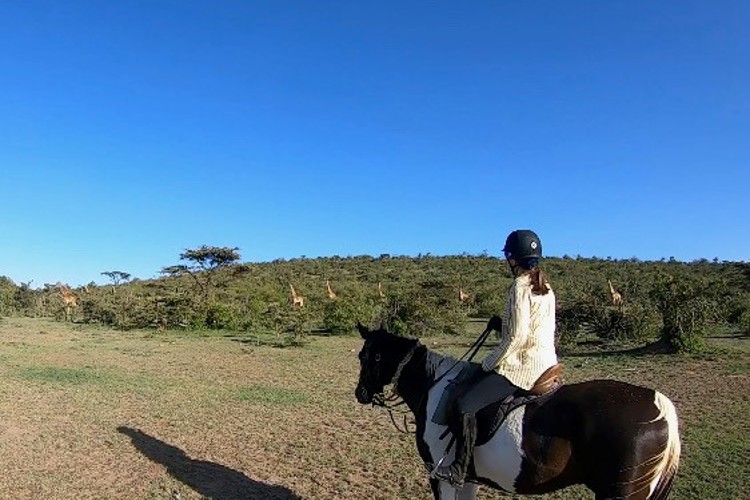If you’re just doing one or two rides, the property should provide a helmet for you – please check first with your safari specialist. However, if you’re going on a riding-focused trip (e.g. with Offbeat Riding Safaris) then we'd advise taking your own. There are quite a few places in Africa where it isn’t compulsory to wear a helmet. That said, we would always recommend wearing one. No matter how competent a rider you are, if your horse puts its hoof down a hole the chances are you will come off and you could be seriously injured. It really is far better to be safe than sorry!
You can get wide brims to put around your hat to keep the sun off your face – one we would suggest is the DaBrim Equestrian Endurance Riding Helmet Visor. It stays on even during the faster canters.
 UK / International
UK / International
 USA
USA
 CA
CA
 Australia
Australia










